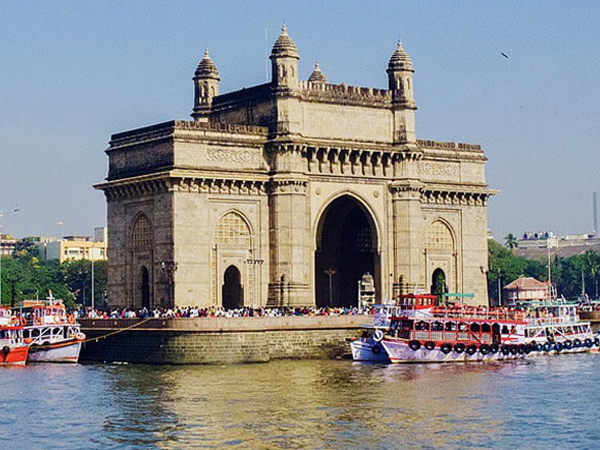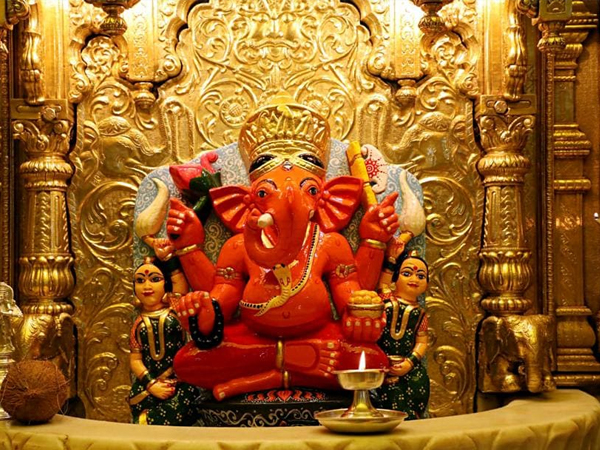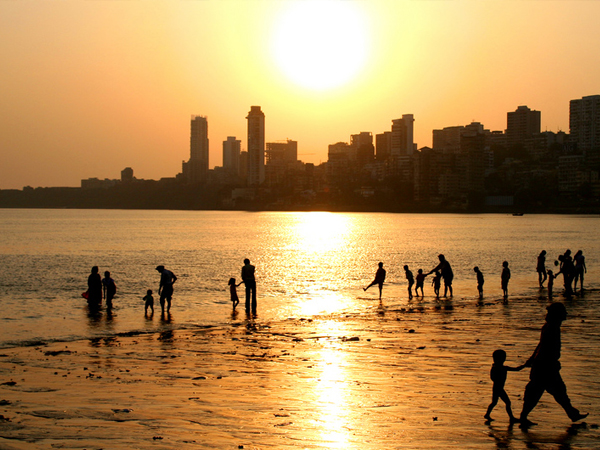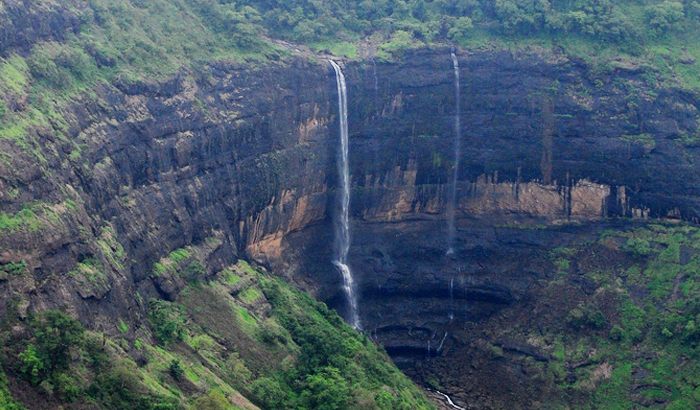 Ahmadnagar (120 kms.)
Ahmadnagar (120 kms.)
lt was founded by Ahmed Nizam Shah and has a 400-year-old fort, which witnessed many battles. Later on, freedom-fighters were imprisoned here. Other attractions are Chandbibi Mahal or Salabatjang’s Tomb and Farah Bagh.
Alandi (21 kms.)
The pilgrim center on the banks of the river Indrayani is famous for the sacred Samadhi of Saint Dnyaneshwar, who wrote Dnyaneshwari, a Marathi commentary on the Bhagawad Gita. Two fairs are held here annually – one on Ashadhi Ekadashi and the other on Kartik Ekadashi. Another attraction is the temple of Vithoba-Rakhumai.
Bhatghar Dam (40 kms.)
The dam on the river Velvandi is one of the highest dams in India. It is also a good holiday resort and picnic spot.
Bhimashanker (95 kms.)
The beautiful Shiva temple here was built by Nana Phadnis, an eminent statesman. It enshrines one of the 5jyotirlingas of Maharashtra. A large fair is held on Shivratri. The town is also noted for its scenic beauty and bracing climate. Other places worth visiting are Bombay Point, Gupta Bhimashankar (the originating point of Bhima river), Hanuman tank and Nagphani point, etc.
Jejuri (50 kms.)
The pilgrim center is famous for the temple of Lord Khandoba, the family deity of many Maharashtrians. A large fair is held here during the month of Magashirsha.
Karla (66 kms.)
The famous Buddhist rock-cut cave shrines in the Western Ghats have a large collection of Chaitya halls adorned with intricate carvings. The caves were excavated between 2n century B.C. and 7th century A.D. and are considered to be as beautiful as the world-famous Ajanta- Ellora. A 45 meters long Chaitya hall here is considered to be the most perfect of its kind. An inscription at the entrance attributes its excavation to Bhutapal of Vaijayanti. The caves with Viharas were excavated for the Buddhist monks, who used to gather here during the monsoons. While at Karla, the Bhaja and Bedsa caves are worth a detour. The Bhaja Caves set ina lush valley are as old as the Karla caves and its Cave No. 12, a large Chaitya hall resembles the one at Karla. Another cave has a magnificent stilted vault. The last cave is a treasure house of rich carvings. To the south of the main cave is an amazing group of 14 Stupas. The Bedsa Caves are another set of excellent rock-cut caves. One of them has a fine Chaitya hall with a ribbed roof, supported by 26 octagonal pillars. The 18th-century Lohagad and Visapur forts are located just 6 kms. from Karla. Another attraction nearby is the hill resorts of Lonavala (10 kms.) and Khandala (14 kms.). Mumbai is 114 kms. from Karla.
Lonavala (66 kms.)
The beautiful hill resort on the Mumbai – Pune road lies 104 kms. from Mumbai and is easily accessible by road and rail. The must-visit sites are the Lonavala Lake, Bushi Dam, Tiger’s Leap, Barometer Hill, Valvan dam, Tungarli Lake, etc. Lonavala is also famous for its chikki, a local sweet. Khandala a charming hill resort just 5 kms. from Lonavala. The famous points here are Rajmachi Point and the Duke’s Nose, named after the Duke of Wellington, for its uncanny resemblance to his nose. The Kune Point, located midway between Khandala and Lonavala affords picturesque views of the surroundings. It is a convenient base for visiting Karla, Bhaja, and Bedsa caves.
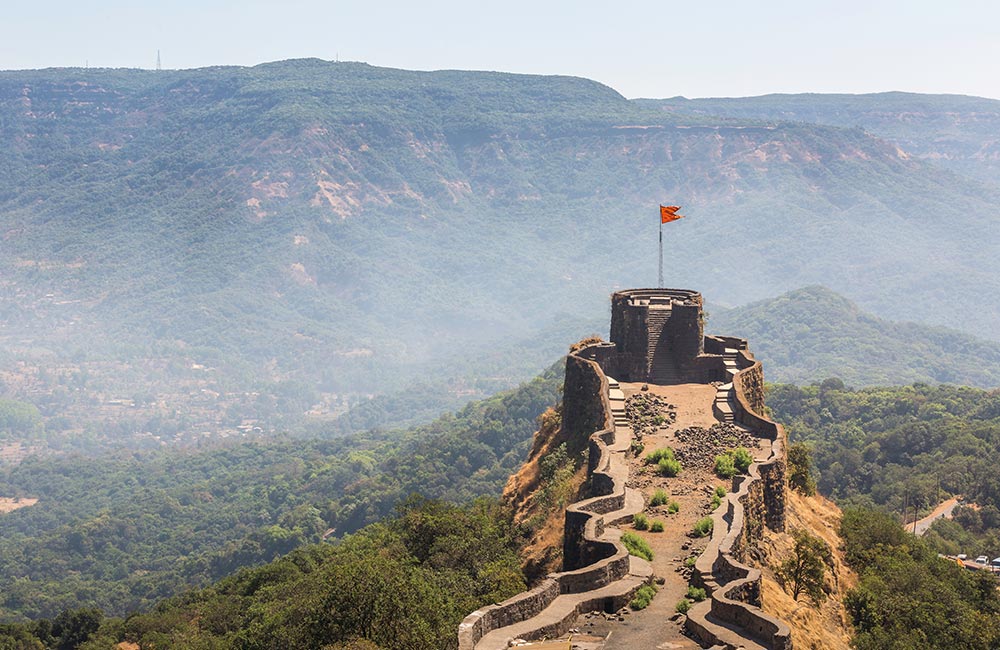 Mahabaleshwar (120 kms.)
Mahabaleshwar (120 kms.)
Mahabaleshwar, the Queen of the Ghats is one of the best known and the highest hill resort of Western India. It was developed by Sir John Malcolm in 1828. The beautiful hill station teems With orchids, Lilies, and luscious strawberries and has three silvery falls – Dhobi Falls, Chinaman Falls, and Lingmala Falls. Excellent viewpoints 1like Wilson Point, Babington Point, Kate Point, Elphinstone Point, Bombay Point, and Arthur’s Seat provide great views of the Krishna and Koyna valleys. The old village of Mahabaleshwar is held sacred by the Hindus and is known for the Panchganga temple, said to contain five streams including the River Krishna.
Panchgani (98 kms.)
This small and attractive hill resort is situated along a ridge atop the Parasni Ghat. The picturesque resort overlooks the scenic Krishna valley and is endowed with rich floral wealth. There are also some excellent educational institutions.
Pratapgad (137 kms.)
An impressive fort here was built by Shivaji, to command the route from the Deccan. The Afzal Buruz tower in the fort marks the spot where the Mughal general Afzal Khan was killed by Shivaji. There is a famous Bhavani temple in the fort. An equestrian statue of Shivaji has been erected in the fort.
Purandar (38 kms.)
Purandar was the capital of Marathas for a brief period and has a magnificent fort of Chhatrapati Shivaji, set atop a hill. It is also the location of the National Cadet Corps (NCC) Academy. Buses are available from Pune and Saswad.
Raigad (126 kms.)
The hilltop fortress here was almost impregnable capital of Shivaji for over 15 years. Shivaji was crowned and also died here. Within the fort is the samadhi of Shivaji and the remains of his palace. There is also a large lake amidst scenic surroundings.
Satara (106 kms.)
This capital of the Marathas witnessed the most glorious chapter of Maratha history from 1707 to 1749, under Chhatrapati Shahu Maharaj. The palace, fort, and museums here display the relics of the golden era.
Shree Kshetra Mahuli (112 kms.)
The pilgrim center is near the confluence of the rivers Krishna and Venna is known for the temples ofYavateshwar, Mangala Devi, and other Hindu deities.
Shivneri (93 kms.)
Chhatrapati Shivaji was born here at the seven-tiered fort atop a hillock. On the sides of the hill are about 50 Buddhist caves
Sinhagad (Lion Fort) (24 kms.)
It was one of the most impregnable forts of Western India. Shivaji captured it in 1670 but lost his ablest commander Tanaji Malusare over here. The fort is built at the edge of a sheer precipice, which was scaled by Shivaji’s men with the help of iguanas and ropes.
Tuljapur (280 kms.)
The famous pilgrim center is associated with goddess Bhavani (Durga), the family deity of Chhatrapati Shivaji and the Marathas.
Wai (74 kms.)
Wai, one of the most important pilgrims and cultural centers of Maharashtra is set on the banks of the river Krishna and is famous for the Maha Ganpati temple. There are many other old temples on the banks of Krishna. The famous Sanskrit Pradnya Path Shala and the headquarters for Vishvakosh Publication are located here. Some attractions around Wai are the Buddhist caves of Lonara (7 kms.) a dam across the Krishna at Dhom (9 kms.).

